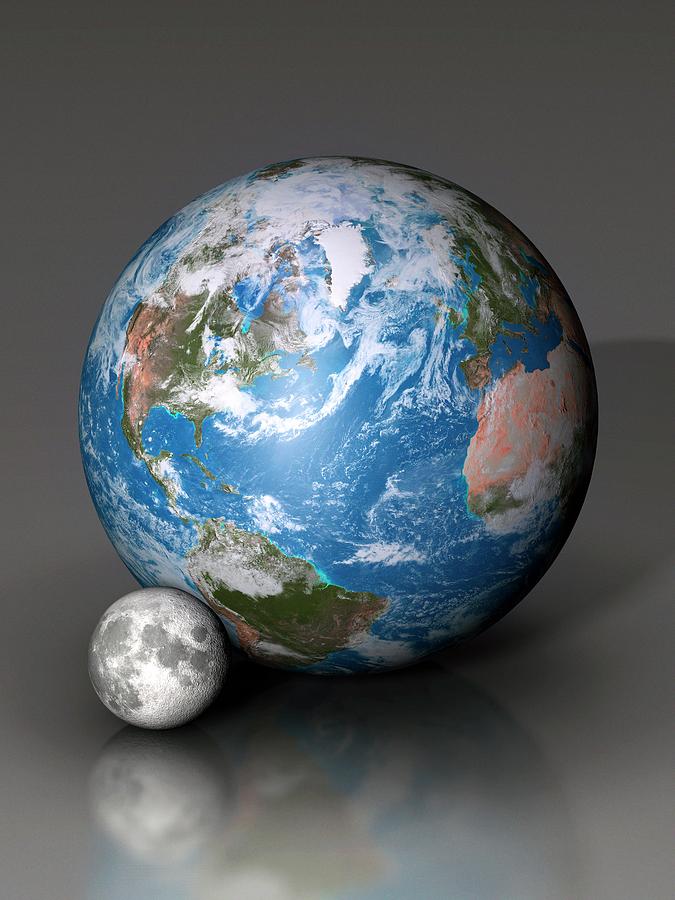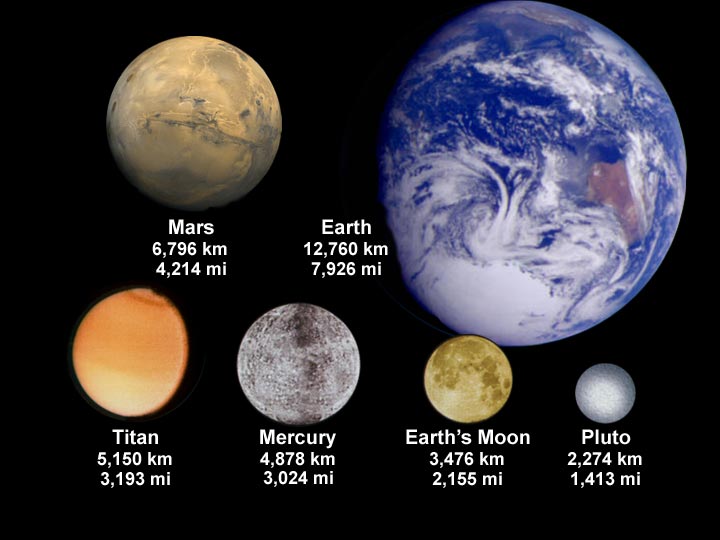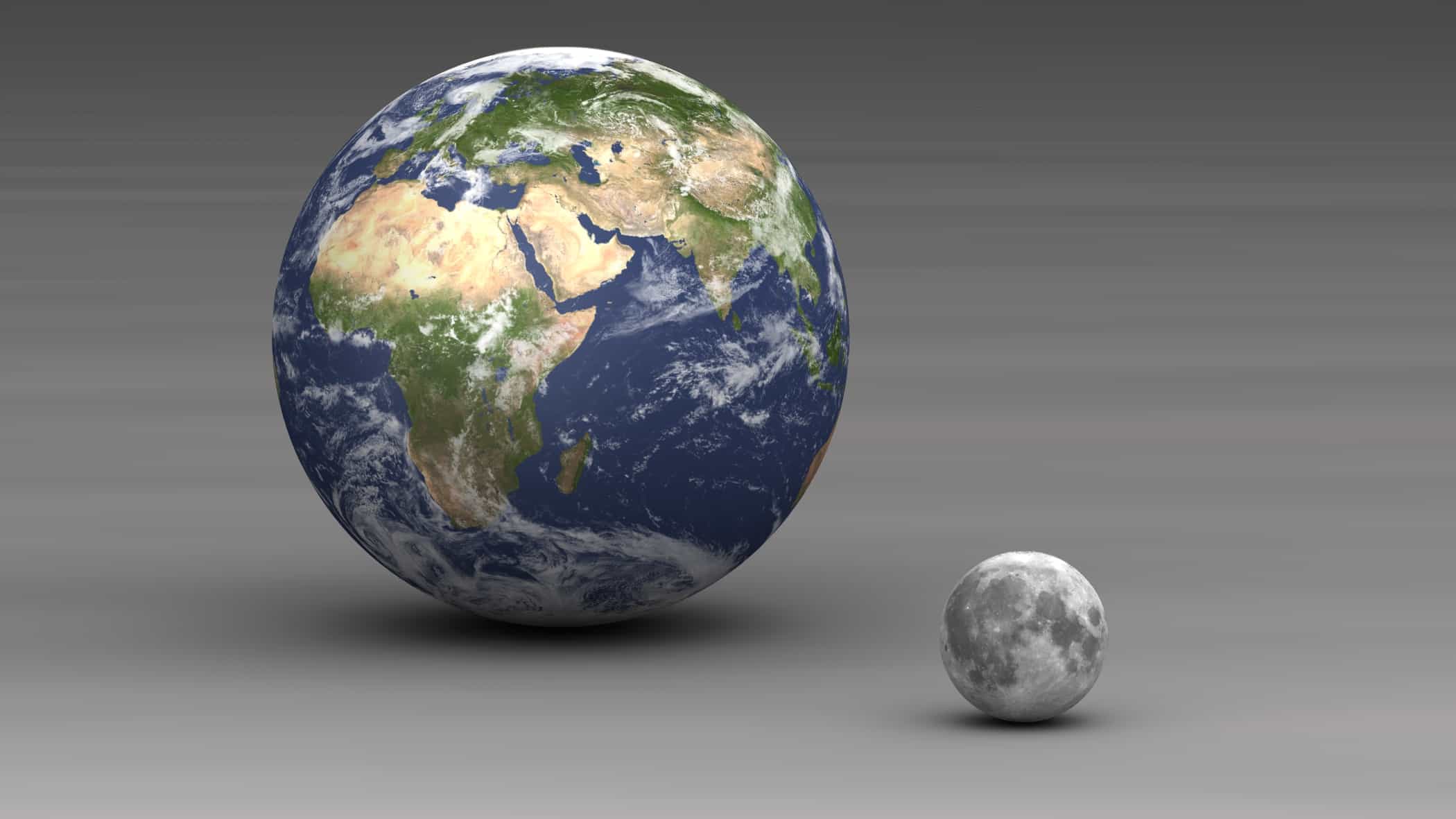Moon Vs. Earth: Size Comparison & Facts | Discover Now!
Is our celestial companion, the Moon, a significant presence in the vast expanse of space? The Moon, Earth's only natural satellite, may seem large in our night sky, but when juxtaposed against other celestial bodies, its size reveals a fascinating cosmic perspective, offering a window into the scale of the universe.
To grasp the Moon's true scale, consider a simple analogy: if Earth were the size of a basketball, the Moon would be akin to a tennis ball. This comparison alone underscores the considerable disparity in size between the two. Further, the Moon's diameter clocks in at approximately 3,474 kilometers (2,158 miles), and its radius is about 1,737 kilometers (1,079 miles).
| Feature | Details |
|---|---|
| Diameter | 3,474 km / 2,158 mi |
| Radius | 1,737 km / 1,079 mi |
| Surface Area | 38 million square kilometers (approx. 7% of Earth's surface) |
| Volume | 21.9 billion cubic kilometers (approx. 50 times smaller than Earth) |
| Mass | 1.2% of Earth's mass (Earth is 81 times heavier) |
| Distance from Earth | An average of 238,855 miles (384,400 kilometers) |
| Key Features | Has a uniform mantle below its core; Core made of iron (molten and solid); Weak gravity (1/6th of Earth's) |
| Comparative Size | Larger than Pluto, smaller than Mars; About one-quarter the size of Earth |
For further information, please visit the NASA website.
When comparing the Moon to other celestial bodies, its dimensions become even more apparent. The Moon is larger than Pluto but smaller than Mars, with Earth's "twin planet," Venus, only slightly smaller than Earth. This helps contextualize the Moon's place in our solar system. Earth's diameter is approximately 3.67 times that of the Moon, emphasizing the size difference.
Delving deeper into the celestial comparison, consider that if Earth were the size of a nickel, the Moon would be comparable to a coffee bean. This simple analogy further reinforces the size differential. Moreover, if one were to imagine Earth as a hollow sphere, nearly 50 moons could fit inside it, quantifying the vast difference in volume.
While only a select group of individuals merely twelve have traversed the lunar surface, their experiences offer unique insight into the Moon's scale. They would attest to the vastness of space surrounding them but also the comparatively smaller size of the lunar body. We can utilize terrestrial comparisons to further understand the Moon. For instance, the Moon's diameter is roughly equivalent to the width of the United States.
The Earth is much larger than the moon in all aspects: diameter, surface area, mass, and volume. The numbers themselves provide the best means of comparing the two celestial bodies. Earth's moon is the fifth largest moon in the solar system, with larger moons including Ganymede, Titan, Callisto, and Io. Despite not being the biggest moon overall, it is the largest relative to the planet it orbits.
The volume of the sun is significantly greater 1.2 million times that of the Earth, which itself is approximately four times larger than the Moon. The Moon's volume is about 21.9 billion cubic kilometers, which makes it almost 50 times smaller than the Earth.
The moon is about two hundred and fifty thousand miles away from the earth and revolves around it. This vast distance, coupled with the Moon's smaller size, results in the apparent size of the Sun and the Moon in our sky appearing to be almost the same. The Sun, even though it is significantly larger than the Moon, is vastly further away, thus yielding the same perceived size.
The Moon's influence is not limited to its physical presence. Its gravitational pull is crucial for generating tides on Earth. If the Moon were significantly larger, the resulting tides would be immense, potentially leading to catastrophic effects. Such a scenario could also cause Earth to be drawn into the Moon's gravitational field.
The composition of the Moon also differentiates it. The Moon's core is made of iron, which is both molten and solid. The Moon has a uniform mantle, unlike Earth. Pluto's core, conversely, is made of silicate, and Pluto's core is larger than the Moon's despite Pluto being smaller overall.
The Moon's orbit is a critical aspect of understanding its size. The Moon orbits a planet, in this case, Earth, in a relatively consistent orbit. In contrast, Pluto's orbit is far more eccentric or elliptical, meaning its distance from the sun varies dramatically over time.
Examining the Moon's surface area, it has about 38 million square kilometers, representing roughly 7% of Earth's surface area. Comparing this to other planets and their moons, no other system demonstrates as significant a size difference as that between Earth and its Moon, at a ratio of about 1:4.
The Moon's gravity is about one-sixth that of Earth's. This reduced gravity prevents the Moon from retaining an atmosphere. The average distance between Earth and the Moon is roughly 238,855 miles (384,400 kilometers), a point that often gets overlooked.
The Moon's existence is the result of a particular set of conditions. The Earth sits close to the "sweet spot" in a planet's capacity to form a large moon. The presence of a large moon stabilizes the Earth's axial tilt, which plays a significant role in regulating the planet's climate and weather patterns.
The global phenomenon of 'Love Island' has been a success in Australia, showcasing young and single contestants experiencing a once-in-a-lifetime holiday, complete with the possibility of finding love. The Moon, though, is a different world altogether, devoid of the social drama and personal connections. The Moon, a silent, stark world, has captured our imaginations for centuries, unlike the often-turbulent world of reality television.
In discussions about size, one must remember that an object can be measured by either its diameter or its mass. The Moon's diameter is about 3,474 km, whereas Earth's diameter is significantly larger. This disparity makes it clear that the Moon is smaller. The numbers themselves tell the tale: earth is roughly 3.7 times larger than the Moon.
Even though the Sun is much larger than the Moon, the distance from the Sun results in the Moon appearing to be the same size. It is also essential to consider the context and details. For instance, Pluto's moon Charon is almost half the size of Pluto, representing a relatively larger proportion when compared to the Earth-Moon system. Another example can be the moons of Jupiter and Saturn. For instance, Ganymede is larger than Mercury.
In summary, understanding the Moon's size requires a multi-faceted approach, embracing relative comparisons, considering its composition and orbit, and acknowledging its influence on Earth. As we continue to explore the cosmos, the Moon remains a vital point of reference, offering insights into the scale and nature of the universe.



Detail Author:
- Name : Zita Terry
- Email : garth12@robel.biz
- Birthdate : 2005-07-29
- Address : 30406 Aglae Forks West Rosaville, MI 56953
- Phone : +18452246293
- Company : Waelchi Ltd
- Job : Web Developer
- Bio : Ab saepe quisquam ab aut et. Voluptas quia expedita vel ut cum. Dolorem sunt nihil praesentium. Voluptas vel in praesentium optio. Nihil quis voluptatum earum eius. Eveniet velit cupiditate ut.